Fun Fact: Did you know that only about 2.5% of Earth’s water is fresh, and most of it is locked in glaciers and ice caps?
Water is life. It sustains ecosystems, grows our food, and quenches our thirst. Yet, as climate change continues to reshape our planet, water security—our access to clean, safe water—is increasingly under threat. In this blog, we’ll explore how climate change impacts global water security and why it matters to each of us.
The Global Water Crisis: A Growing Concern
Across the globe, freshwater resources are shrinking. Increasing temperatures and changing weather patterns driven by climate change are affecting water availability. Many regions are now facing a “water crisis,” where water is either too scarce or too polluted to be used. Let’s break down the factors that contribute to this crisis.
Melting Glaciers and Shrinking Ice Caps
Glaciers and ice caps are often referred to as Earth’s “natural reservoirs.” They store a significant amount of freshwater, slowly releasing it into rivers, streams, and lakes. However, due to global warming, these reservoirs are rapidly shrinking. For example, the Himalayas, known as the “Water Towers of Asia,” feed vital rivers like the Ganges and the Brahmaputra. As these glaciers melt at an unprecedented rate, millions of people in South Asia could face water shortages in the future.
Case Study: The Hindu Kush Himalayas The Hindu Kush Himalayas provide water to around 1.65 billion people. However, scientists estimate that up to two-thirds of the region’s glaciers could disappear by the end of the century due to rising temperatures. This would have devastating consequences for agriculture, hydropower, and drinking water in several countries, including India.

Extreme Weather Events: From Droughts to Floods
Climate change amplifies weather extremes, leading to more frequent and intense events like droughts and floods. Droughts reduce the amount of available water, leading to crop failures, food insecurity, and conflicts over water resources. Conversely, excessive rainfall and flooding can pollute water sources with harmful substances, rendering them unsafe for use.
Anecdote: Cape Town’s “Day Zero” In 2018, Cape Town, South Africa, came dangerously close to “Day Zero”—the day when the city’s taps would run dry. A prolonged drought, exacerbated by climate change, forced the city to implement drastic water-saving measures. While Day Zero was averted, it served as a stark reminder of how vulnerable urban centres are to water shortages.
Sea Level Rise and Saltwater Intrusion
Rising sea levels, a direct result of global warming, are a major risk for coastal regions. As seawater encroaches on freshwater aquifers, it leads to saltwater intrusion, making water undrinkable. Coastal regions, from Bangladesh to Florida, are increasingly facing the challenge of balancing their water needs while combating saltwater contamination.
Example: The Sundarbans in India and Bangladesh The Sundarbans, home to one of the largest mangrove forests in the world, are particularly vulnerable to rising sea levels. Saltwater intrusion is affecting the availability of freshwater for both drinking and agriculture, threatening the livelihoods of millions of people in the region.
Disruption of the Water Cycle
The water cycle—responsible for the movement of water between Earth’s surface and atmosphere—is being disturbed by climate change. Increased evaporation due to higher temperatures reduces surface water levels, while changes in precipitation patterns result in regions either receiving too much or too little rain. Both situations can exacerbate water scarcity and affect agricultural productivity.
Example: Rainfall Variability in India India is highly dependent on monsoon rains for its agriculture. However, climate change has caused the monsoons to become unpredictable, with either too much rain causing floods or too little leading to droughts. This puts immense pressure on water resources and food security.
Impact on Water Quality
Climate change doesn’t only affect the quantity of water but also its quality. Rising temperatures can cause harmful algal blooms in freshwater sources, which make water toxic for both humans and wildlife. Moreover, increased rainfall can lead to more runoff, carrying pollutants like chemicals and pesticides into rivers and lakes.
Anecdote: The Flint Water Crisis While the Flint water crisis in the United States wasn’t directly caused by climate change, it highlighted the vulnerability of water systems to contamination. As climate change worsens, more cities may face similar risks, with pollutants infiltrating their water supplies due to extreme weather events.
Water Conflicts and Migration
As water becomes scarcer, tensions over water access are likely to rise. Water is already a source of conflict in many regions, and climate change will only exacerbate these issues. Additionally, water scarcity can trigger migration as people move in search of more reliable sources of water.
Case Study: The Middle East The Middle East, one of the most water-stressed regions in the world, is particularly vulnerable to climate change. Countries like Syria, Iraq, and Jordan have seen conflicts flare up partly due to disputes over water resources. As temperatures climb and rainfall patterns become more unpredictable, the region could face further water scarcity and instability.
Conclusion
Climate change is no longer a distant threat—it is here, and its impact on global water security is becoming increasingly evident. From shrinking glaciers to extreme weather events, the world’s water resources are under immense pressure. But it’s not too late to act. By investing in sustainable water management, reducing our carbon footprint, and supporting policies that protect our environment, we can help ensure that future generations have access to the water they need.
Water is a fundamental human right, and securing it in the face of climate change is one of the greatest challenges of our time. The question is: what are we going to do about it?
Author’s Note:
Water is something we all depend on, but it’s easy to take for granted. Writing this blog reminded me just how closely climate change and water security are linked. I hope it inspires you to think about how we can better protect this precious resource.
G.C., Ecosociosphere contributor.
References and Further Reading:
- UN Water – Climate Change and Water
- World Resources Institute – Water Scarcity and Climate Change
- The Impact of Air Pollution on Health: What You Can Do | Health Yamigo. https://healthyamigo.com/the-impact-of-air-pollution-on-health-what-you-can-do/
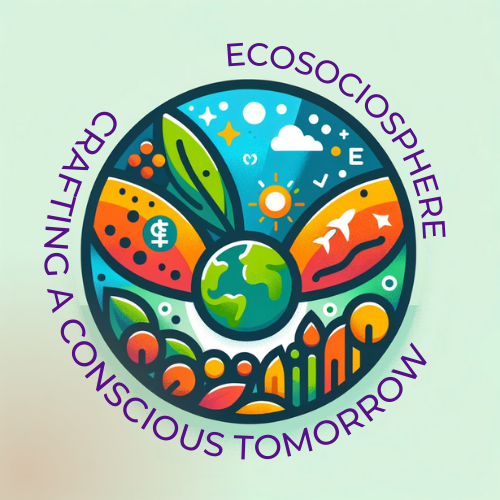
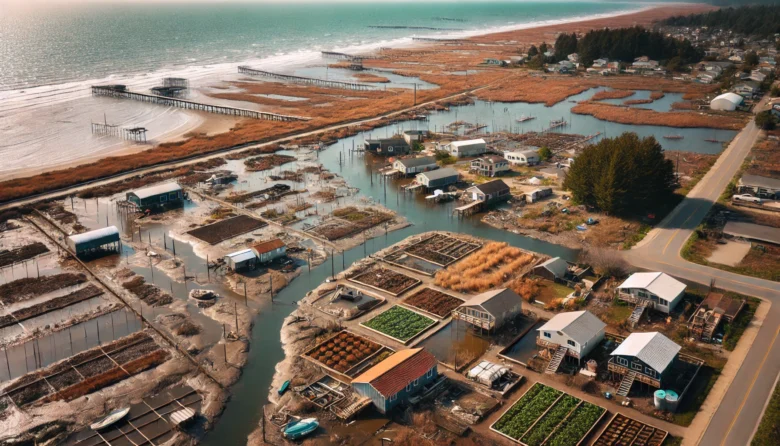
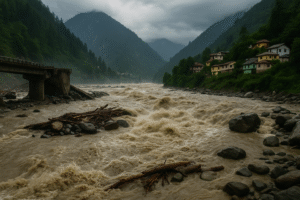
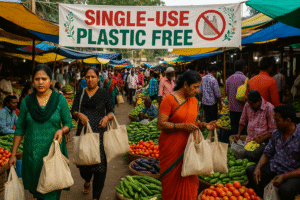
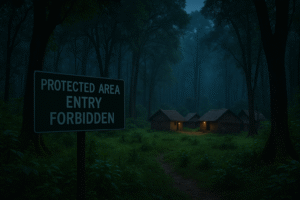
Comments
Hi Neat post There is a problem along with your website in internet explorer would test this IE still is the market chief and a good section of other folks will pass over your magnificent writing due to this problem
Author
Thanks for the heads up I will try and fix it.